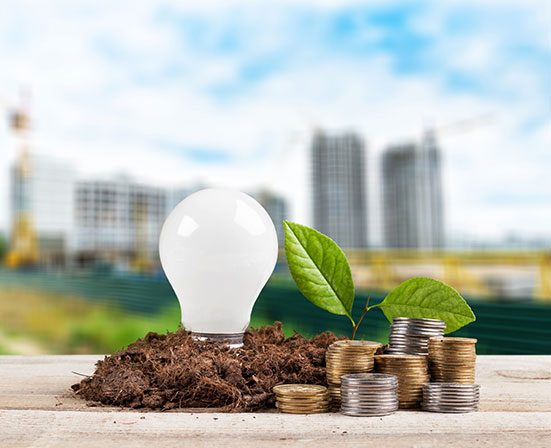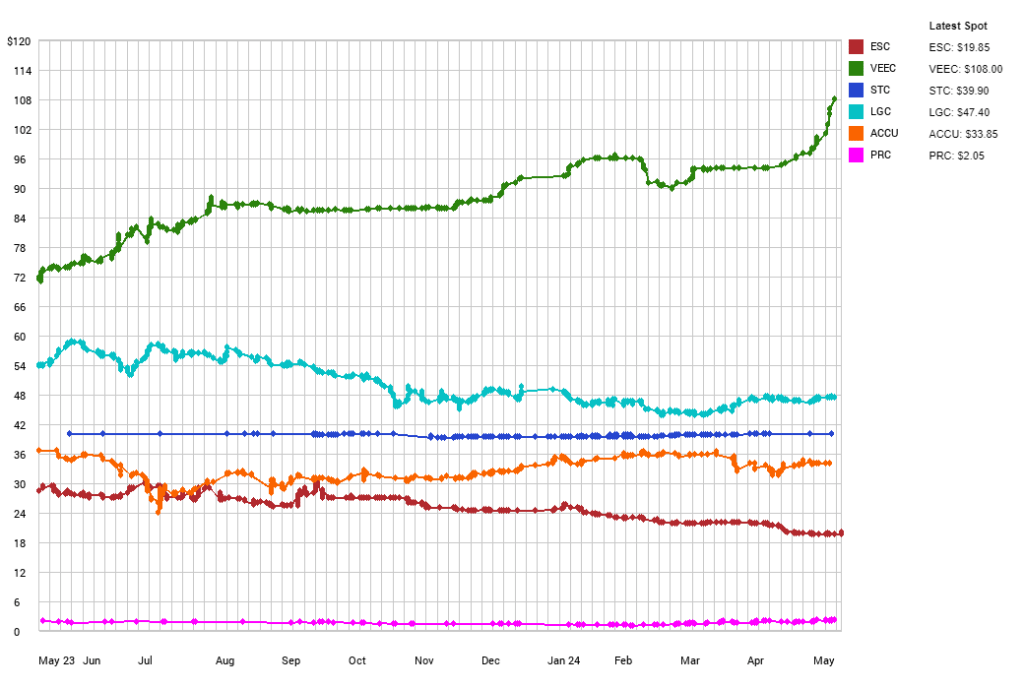
VEECs Price
Victorian Energy Upgrade (VEU), previously known as Victorian Energy Efficiency Target (VEET), is a scheme undertaken by the Victorian government in order to reduce the overall carbon footprint of Victoria. Through the process, an Accredited Person (AP) generates Victorian Energy Efficiency Certificates (VEECs).

VEECs Price | Victorian Energy Upgrade)
The government does not set the VEEC prices; rather, it depends on the market’s supply and demand. The overall goal here is to reduce the number of inefficient appliances that skyrocket an individual’s electricity bill, as well as increase greenhouse gas emissions, immensely.
These VEECs incentives, which provide free replacements in some cases, are being given away to small businesses and individual households. Anyone trying to benefit from this scheme has to reside in Victoria.
Note that, not everyone is eligible to generate certificates. Only an (AP) has the right to create certificates and sells them to the energy retailers, eventually laying down the whole scheme in action.
To know more about the current VEECs’ price, please contact Cyanergy – here. As we are eligible to create certificates, we remain up to date with the prices; also, we can provide you with accurate information.
How Does the VEU Scheme Work?
Firstly– An Accredited person enables this scheme to the end-users by replacing their non-efficient appliances, e.g. incandescent bulbs, with LED lights. After that, the number of certificates is determined by the AP based on the formula prescribed within the scheme guideline by calculating how much greenhouse gas has been restrained to be released in the environment. Usually, each certificate denotes the prevention of a metric ton of carbon-di-oxide being released into the atmosphere.
However, they cannot generate certificates, just by doing the calculations. As the government oversees the whole process, there need to be sufficient documents submitted to prove the successful replacement of the appliances. Only then, the certificates can be generated by the AP. Any fraudulent activity regarding the creation of certificates will result in the AP losing their right to create certificates, and that too with severe penalty.
Secondly– the liable party, for instance, the energy retailers who generate more than 5000MW of electricity per annum, are obligated to purchase a certain number of certificates generated by the APs. Later on, these certificates are to be surrendered to the Victorian government by the energy retailers as proof of their participation in reducing greenhouse gas emissions.
The government has set a goal of 6.5 million certificates to be given up by the energy retailers for 2021. With this scheme in action, the households and small businesses enjoy lower electricity bills, whereas the energy retailers pay for their contribution to the increasing greenhouse gas emissions.
Although it is only the AP who can create the certificates, other companies can replace appliances too. For instance, an LED light manufacturer. The catch here is, they have to give up the documents of any replacement done by them to an AP. That’s the only way they can generate profit from the VEU scheme. Based on that evidence, the AP can create certificates again, which will follow up the process aforementioned above.
Access up to $50,000.00 in business solar rebates.
What are VEECs?
Victorian Energy Efficiency Certificates, known as VEECs, are the certificates generated by the accredited person when they replace any power-hungry appliances with the efficient ones. These certificates can only be generated by the APs.
Each certificate denotes a tonne of greenhouse gas prevented from entering our atmosphere. The government permitted third-party companies, accredited by ESC (Essential Services Commission), to replace ordinary light bulbs, and heating systems with efficient ones.
These certificates, later on, get sold to the energy retailers who actively partake in greenhouse gas emissions by producing more than 5000MW electricity within a year.
What is The Current VEEC Price?
The VEECs price fluctuates every now and then. As these prices are not fixed rather; it goes up and down depending on the supply and demand of such certificates.
However, if we analyze the VEECs price history, it can be seen that the prices are dropping in recent days. But it can never be told that the situation will remain the same at all times.
To know more about the current VEECs’ price, please contact Cyanergy. As we are eligible to create certificates, we remain up to date with the prices; also, we can provide you with accurate information.
How Much Is VEECs Price?
| VEECS (t CO2-e) | Bid | Offer | Last/Curve |
|---|---|---|---|
| Spot t+3 | 24.75 | 24.95 | 24.85 |
| Q2 18 16 JUL 2018 | 24.75 | 24.95 | 24.85 |
| Q3 18 15 OCT 2018 | 24.9 | 25.2 | 25.05 |
| Q4 18 15 JAN 2019 | 25 | 25.4 | 25.2 |
| Q1 19 15 APR 2019 | 25.15 | 25.55 | 25.35 |
| Q3 20 15 OCT 2020 | 35.35 | 34.55 | 34.45 |
| Q4 20 15 JAN 2021 | 34.6 | 34.8 | 34.7 |
| Q1 21 15 APR 2021 | 34.6 | 34.9 | 34.75 |
| Q2 21 15 JUL 2021 | 34.6 | 35 | 34.8 |
As per renew economy, the previous VEECs’ prices are given below
Closing Spot of VEECs Price

How Much is a VEEC worth?
The exact worth of a certificate cannot be determined right away. A lot of variables have to be taken into consideration before stating how much is VEEC worth. For example, the currently available replaceable number of inefficient appliances; the type of appliance; how much electricity does it consume, how much can be saved after the replacement, when was it installed in the first place, and so much more.
There are penalties for retailers who fail to fulfill their quota on time. That’s called shortfall penalties. These penalty prices are decided by the authority. For the year 2021, it has been set to $70 for any shortfall accrued, $80 for the target year 2022, and $90 for the year 2023 till now.
Conclusion
As we are entering the era of renewable energy, it is high time that we used appliances that share the same end goal. The VEU scheme lets a majority of electricity users in Victoria be a part of that goal while enabling economic options. While saving energy by installing energy-efficient appliances, people can also contribute to lower GHG emissions.



